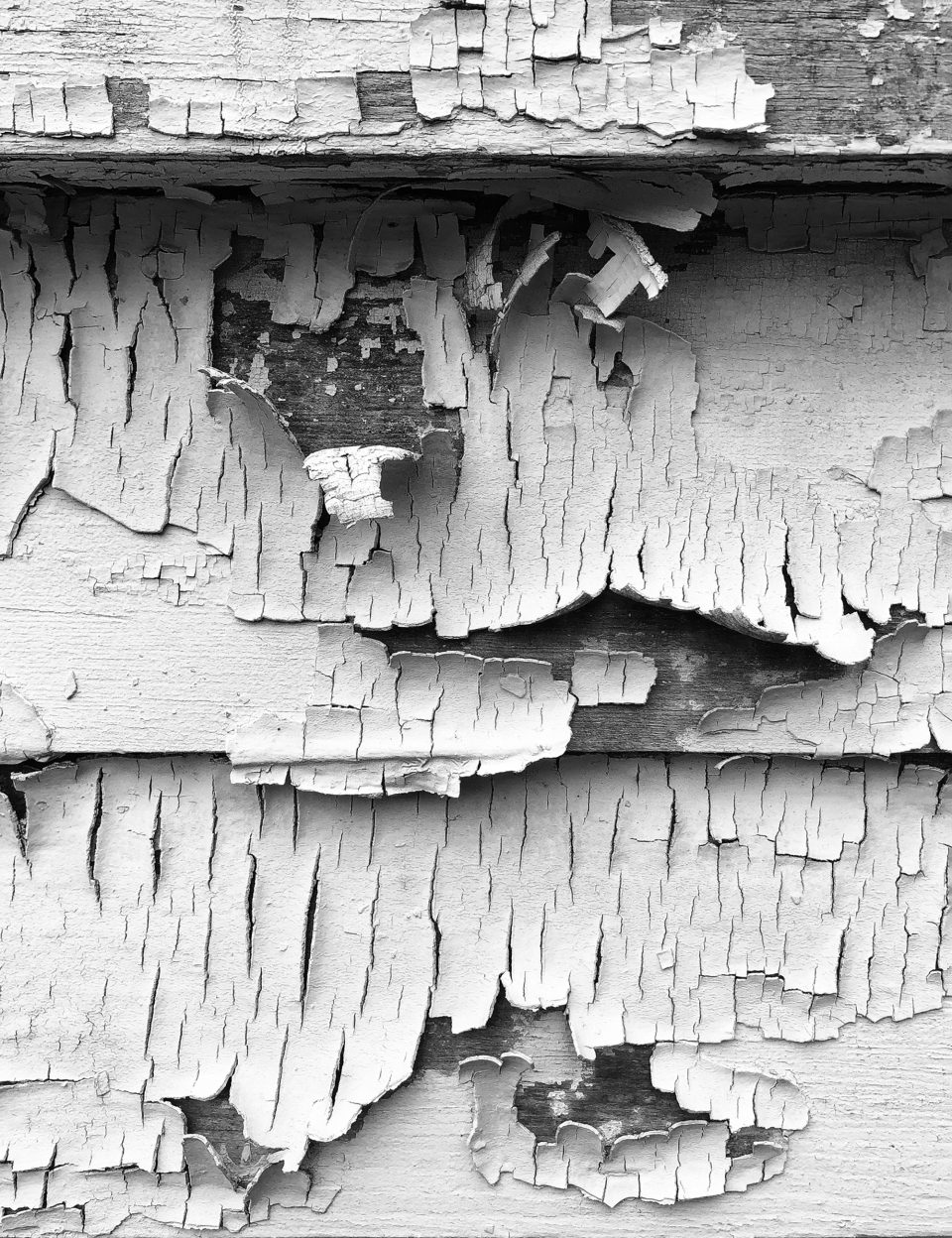Photographing Ramshackle Buildings in William Christenberry’s Old Stomping Grounds
Recently I spoke with a photographer who was planning to shoot in the Mississippi Delta and knowing I had been shooting in the region many times, he asked if we could have a phone call to discuss his ideas for a project.
That caused me to think about a project I might start, and since I’m a longtime admirer of the work of William Christenberry, I decided to look into his region of Alabama.
With some research, I picked Newbern, Alabama as a place to start and — wow — am I glad that I did!
About Newbern
Newbern, Alabama is a small farming community in Hale County, Alabama with a population of 186 people, it’s smallest count since records began in the 1880s.
Most of the buildings in downtown Newbern look abandoned, but in some cases their appearance is deceptive. Auburn University has taken over several of these buildings and converted the interiors into working architecture and design offices while keeping the exterior appearance of age and decay. This is the home of Auburn University’s Rural Studio, an innovative hands-on design and build program where students help plan and create housing in one of the nation’s poorest regions.
Other buildings are truly abandoned, like the tiny house under the big tree and across the road from the rusty red tobacco barn. A former bank building has been converted to use as a public library by the Rural Studio.
William Christenberry photographed several buildings in Newbern, including the large red tobacco warehouse on the main street, a green barn that’s still standing, and others.
About William Christenberry
William Christenberry (1936-2016) was an American artist and photographer who was born in Alabama, and made most of his photographs there, although he spent most of his life as a teacher at the Corcoran College of Art and Design in Washington, D.C.
He considered himself an artist, and initially his photographs — made with a small Kodak Brownie camera — were simply reference material for his paintings and sculptures.
Friendship with Walker Evans
Christenberry had been inspired by the Depression-era black and white photographs of Hale County, Alabama made by legendary American photographer Walker Evans, published in a book called Let Us Now Praise Famous Men, with text by James Agee. It was Walker Evans who looked at Christenberry’s small color photographs and encouraged him to take his photography more seriously as an art form unto itself. Christenberry and Evans later became friends, and Evans traveled back to Hale County with Christenberry to make his first photographs of the region since the Great Depression.
I have no evidence that Walker Evans ever visited or made photographs in Newbern.
Friendship with William Eggleston
It was while teaching in Memphis that Christenberry formed two critical relationships:
he met his future wife Sandy and he met the photographer William Eggleston, who became a lifelong friend. I’ve read that it was Christenberry who helped Eggleston to see color photography as a valid art form at a time when Eggleston was still working in black and white — and at a time when most in the art world considered color photographs to be vulgar and suitable only for advertising purposes. Together, Christenberry — and especially Eggleston — went on to become early proponents of color photography as fine art.
Christenberry would make annual visits to Hale County, Alabama to visit friends and family there — and to make photographs. He shot color photographs of the local vernacular architecture — those are buildings that were built in a non-professional way — no architects or designers — just old barns and sheds and warehouses and old stores and ghost signs and things most likely built by local labor or the farmers themselves.
He shot barns, wooden storefronts, faded old advertising signs. But he didn’t just shoot them once. He returned year after year, documenting their slow decline and eventual collapse.
In writing about a Christenberry exhibit, the Reynolda Museum said, “William Christenberry’s work records the passage of time in a Southern landscape that is both ordinary and iconic. His photographs convey the poignance of an abandoned building, a lonely gravestone, and an empty dirt road. The most astonishing aspect of the artist’s work is that it often does not include people but always speaks volumes about a human presence.” (Reynolda)
The Washington Post cited an interview with historian William R. Ferris, “I find beauty in things that are old and changing like we all are changing. I find old things more beautiful than the new, and I go back to them every year until sooner or later they are gone. They have blown away, burned, fallen down or . . . disappeared.”
My black and white photographs of old buildings in Newbern, Alabama










Video visit to the historic Newbern Cemetery
Sources and Links
Join my new Discord Channel: https://discord.gg/7ENVMYFzwa
Let Us Now Praise Famous Men (Amazon)
Reynolda. William Christenberry: Photographs, 1961-2005. February 13, 2010 — June 27, 2010.
The Washington Post. After a lifetime of capturing what was, Christenberry faces what is. Neeley Tucker. June 11, 2015.
Wikipedia. William Christenberry.
